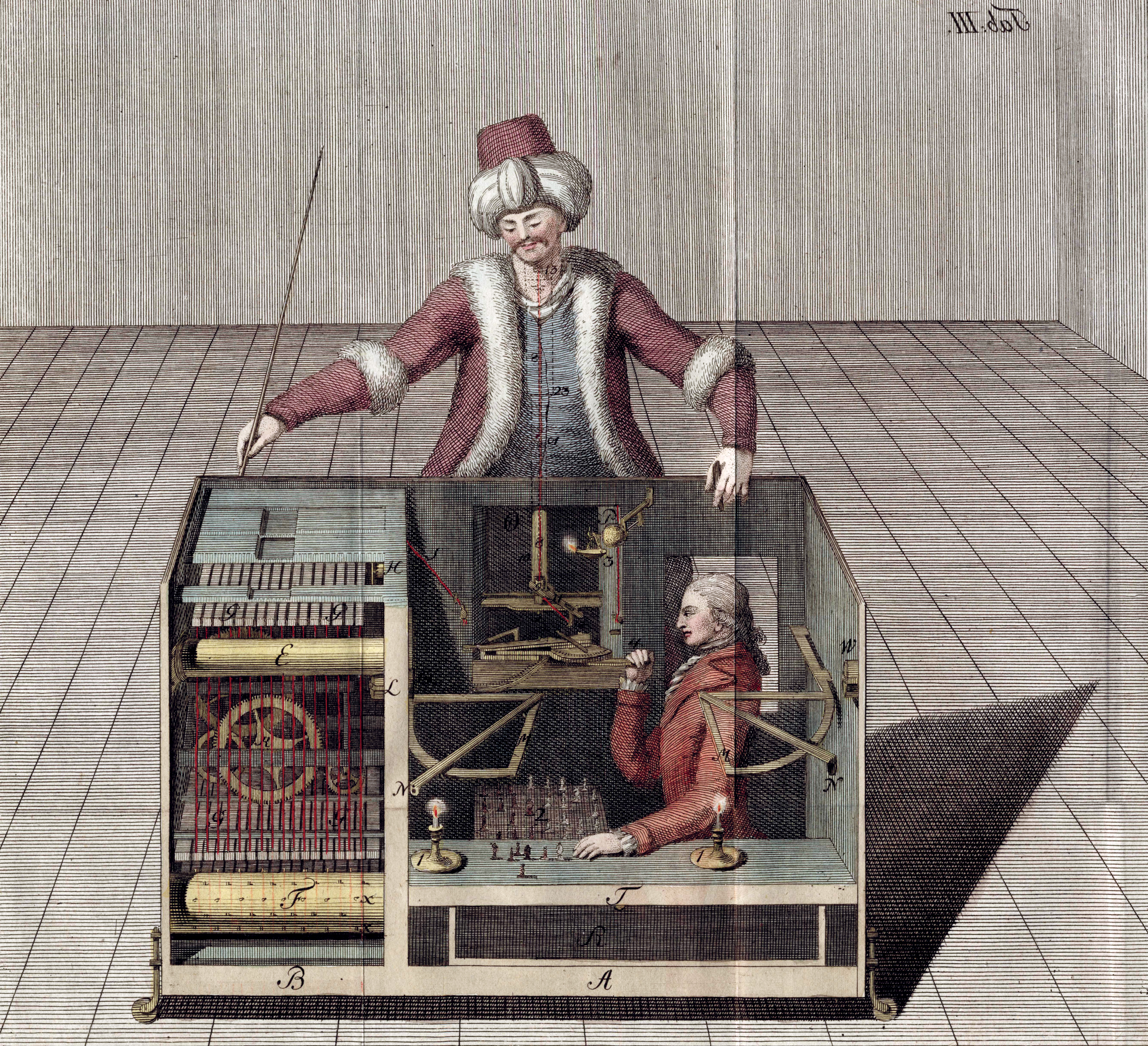The Mechanical Turk, Houdini, and AI
The Lesson of the Mechanical Turk
Doomsday predictions never stop, and today’s flavor is the AI doomsday prediction. This is a game as old as the hills, but there’s an optical illusion driving much of the modern hype.
The 1770s Robot That Defeated Napoleon
For 84 years, a chess-playing “robot” called the Mechanical Turk defeated chess masters and famed intellectuals (including Benjamin Franklin and Napoleon).
Or, somewhat more precisely, a series of showmen and chess masters defeated other chess masters and famed intellectuals (including Benjamin Franklin and Napoleon).
Advertised as a breakthrough automaton, it was in fact just a man inside a box, playing chess.
AI, the Modern Mechanical Turk
Today’s AI creates a similar illusion. Clever engineers (human engineers, no less) package LLM technology with sophisticated software. The result is “smarter” chat clients, “memory”, “AI coding”, and the fall of humanity (Coming Soon™).
All this innovation gets credited to “AI,” making people think the robots are taking over.
The Man in the Box
But there’s still a man in the box—a software engineer making it all work. All the advances since ChatGPT have been either 1) Incremental improvements to LLMs, or 2) Creative packaging of LLMs.
The lesson of the Mechanical Turk endures. It’s the same lesson we learn from Houdini and from Oz. When the oohs and ahhs are at their height, look for the curtain and the man behind it.

Need proposal software (that's actually good)? Check out my current work: Smart Pricing Table